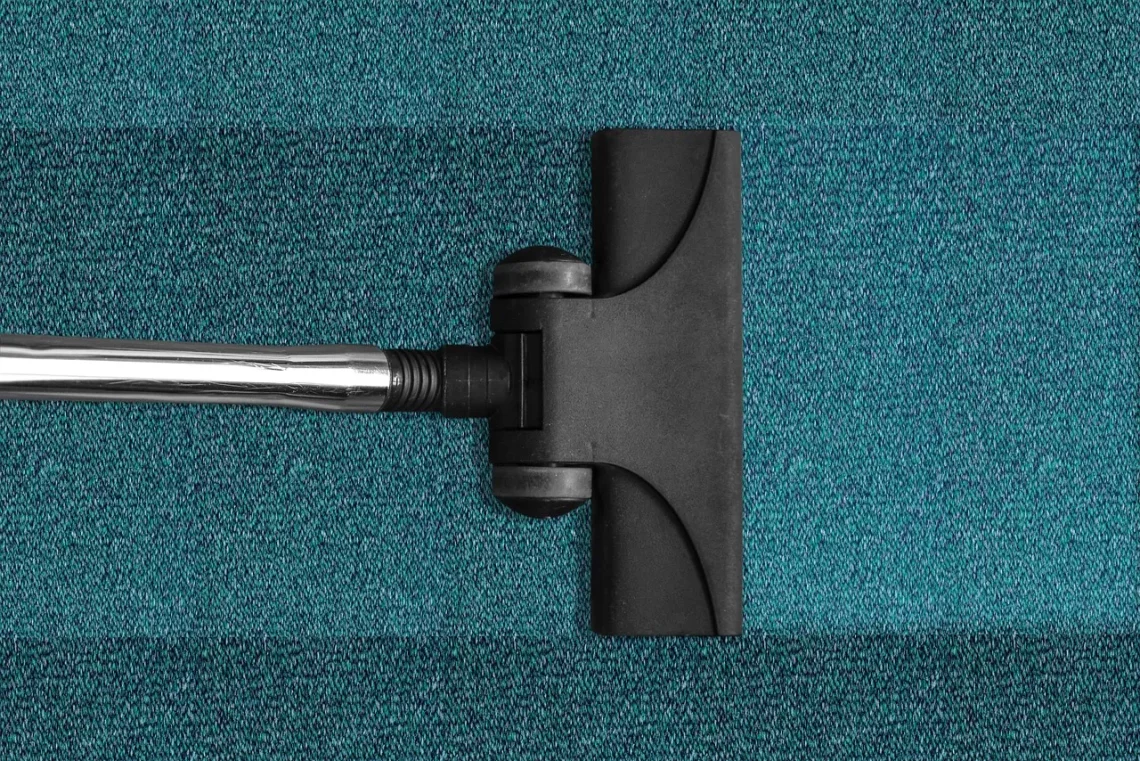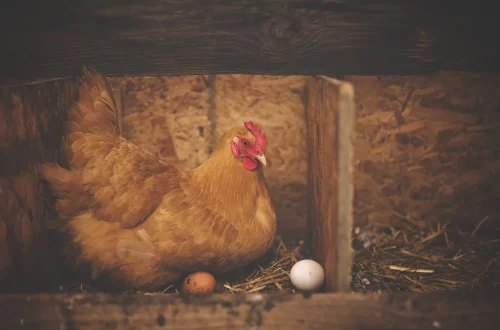
Effective Ways to Remove Dog Pee Smell from Wood Floors
Wood floors offer an elegant and warm aesthetic to any home. However, pet owners know that the beauty of these floors can quickly be overshadowed by unpleasant odors, particularly from dog urine. The combination of the porous nature of wood and the acidic composition of urine makes it a challenging task to eliminate these odors completely. When a dog has an accident on the floor, the smell can linger, leading to an uncomfortable environment and potentially causing permanent damage to the wood.
Understanding how to effectively manage and eliminate these smells is essential for maintaining a clean and inviting home. Beyond just the immediate odors, failing to properly address pet stains can lead to deeper issues such as mold growth and wood deterioration. As responsible pet owners, it is crucial to take action as soon as an accident occurs. This involves not only cleaning the surface but also treating the wood to neutralize any residual odors that may be trapped within its fibers.
In this article, we will delve into effective strategies to combat dog pee smells on wood floors, ensuring your home remains fresh and welcoming. By utilizing a combination of cleaning techniques, natural remedies, and preventive measures, you can keep your wooden surfaces in pristine condition while enjoying the companionship of your furry friend.
Understanding the Causes of Dog Urine Odor
To effectively eliminate dog urine odor from wood floors, it’s essential to understand what causes it in the first place. Dog urine contains urea, ammonia, uric acid, and various other compounds that can produce strong and lingering odors. When urine seeps into wood, it can penetrate the surface and settle in the grain, making it difficult to remove with conventional cleaning methods.
One of the primary culprits behind the persistent smell is the uric acid in dog urine. This compound can crystallize and become trapped in porous surfaces, such as wood, leading to a delayed release of odors. Even after cleaning, these crystals can continue to emit unpleasant smells, especially when they come into contact with moisture. This is why simply wiping up a mess may not be enough to eliminate the odor entirely.
Moreover, factors such as the age of the dog, their diet, and even their hydration levels can influence the strength and persistence of the urine odor. Older dogs or those with certain health conditions may produce more pungent urine, while a diet high in protein can also contribute to stronger smells. Understanding these factors can help you better manage your pet’s behavior and take proactive measures to mitigate accidents.
To effectively combat odors, it’s important to address both the immediate cleanup and any underlying issues that may contribute to repeated accidents. Regular training, ensuring your dog has access to outdoor spaces, and maintaining a consistent bathroom schedule can all play a significant role in preventing accidents from occurring in the first place.
Immediate Cleanup Techniques
When a dog has an accident on your wood floor, the first step is to clean it up as quickly as possible. Swift action can prevent the urine from soaking into the wood and creating a more significant odor problem. Start by blotting the area with paper towels or a clean cloth to absorb as much liquid as possible. Avoid rubbing, as this can push the urine further into the wood grain.
Once you’ve absorbed the excess urine, it’s time to use a cleaning solution. There are several options available, from commercial pet odor removers to homemade solutions. A popular homemade remedy involves mixing equal parts of white vinegar and water. Vinegar is a natural deodorizer that can help neutralize the smell of urine. Spray the solution onto the affected area, let it sit for a few minutes, and then wipe it away with a clean cloth.
Another effective method is to use baking soda. After cleaning the area with vinegar, sprinkle a generous amount of baking soda over the spot. Baking soda is known for its odor-absorbing properties and can help eliminate any remaining smells. Let it sit for several hours or overnight, then vacuum it up.
For tougher stains, enzymatic cleaners specifically designed for pet urine can be highly effective. These cleaners contain enzymes that break down the compounds in urine, removing both the stain and the odor. Follow the instructions on the product label for best results, and ensure that the cleaner is safe for use on wood floors.
Once the area is cleaned, it’s important to monitor it for any lingering odors. If the smell persists, you may need to repeat the cleaning process or consider deeper methods to treat the wood.
Long-Term Solutions for Odor Prevention
To ensure long-lasting freshness in your home, it’s essential to adopt some long-term strategies for managing dog pee odors. Prevention is always better than cure, and making some lifestyle adjustments can significantly reduce the likelihood of accidents occurring in the first place.
One effective method is to establish a consistent bathroom schedule for your dog. Taking them out at regular intervals can help minimize indoor accidents. Pay attention to your dog’s cues, such as pacing or whining, which may indicate they need to go outside. This proactive approach can help you avoid messes that require cleanup.
Additionally, consider providing designated indoor spaces for your dog to relieve themselves, especially if they are left alone for extended periods. Puppy pads or indoor pet toilets can be a temporary solution while you are training your dog.
Regular training is also crucial. Reinforce positive bathroom behavior with rewards and praise when your dog goes outside. Consistency in training will help your dog learn where it is appropriate to relieve themselves, reducing the chances of accidents on your wood floors.
Furthermore, you can use odor-neutralizing products on a regular basis to keep your floors smelling fresh. There are various pet-safe sprays and powders available that can help prevent odors from settling in. Incorporating these products into your cleaning routine can significantly reduce the risk of persistent smells.
Lastly, it’s essential to maintain your wood floors properly. Regular cleaning and sealing can help protect the wood from damage and make it less susceptible to absorbing odors. A well-maintained floor is less likely to hold onto pet smells and can be easier to clean in the event of an accident.
Natural Remedies for Persistent Odors
If you’re dealing with persistent odors that standard cleaning methods haven’t resolved, there are several natural remedies you can try. Many of these solutions are not only effective but also safe for both your pet and your floors.
One of the most popular natural solutions is a mixture of hydrogen peroxide and dish soap. Mix one part hydrogen peroxide with two parts water and add a few drops of dish soap. Apply the mixture to the affected area and let it sit for about 10-15 minutes before wiping it away. This solution can help break down urine residues and neutralize odors effectively.
Another effective remedy is lemon juice. The acidity of lemon juice can help neutralize odors while leaving a fresh scent. Mix lemon juice with water and use it to clean the affected area. Just be cautious with lemon juice on wood, as the acidity can potentially damage some finishes. Always test a small, inconspicuous area first.
Essential oils can also be useful in combating odors. Oils like lavender or tea tree oil not only provide a pleasant fragrance but also have natural antiseptic properties. Add a few drops of essential oil to your cleaning solution or diffuse them in the area to help mask and eliminate odors.
For those who prefer a more passive approach, consider using activated charcoal or natural odor absorbers like zeolite. These substances can help absorb odors from the air and can be placed near the affected areas to reduce unpleasant smells.
While these natural remedies can be highly effective, they may require multiple applications to fully eliminate stubborn odors. Consistency is key in treating the area thoroughly to ensure the best results.
In conclusion, maintaining a fresh-smelling home while living with a dog requires a combination of immediate cleanup, ongoing prevention strategies, and natural remedies. By understanding the causes of dog urine odor and implementing effective cleaning techniques, you can keep your wood floors looking great and smelling even better. Remember, it’s important to act quickly and be consistent in your efforts to ensure a clean and inviting environment for both you and your furry companion.
**Disclaimer: This article is for informational purposes only and is not intended as medical advice. For any health-related concerns, please consult with a qualified healthcare professional.**




